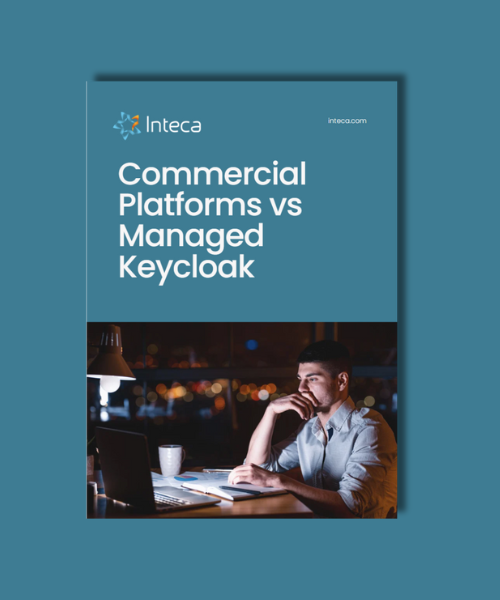Multi-Factor Authentication (MFA)
Multi-Factor Authentication (MFA) is a security method requiring users to verify their identity using multiple factors: Something you know (e.g., password, PIN), Something you have (e.g., security token, mobile phone), Something you are (e.g., fingerprint, facial recognition). MFA enhances security by reducing the risk of unauthorized access, even if one factor is compromised. It is a core element of Zero Trust security and helps protect sensitive data. Common methods include SMS codes, authenticator apps, biometrics, hardware tokens, and adaptive authentication. MFA differs from Two-Factor Authentication (2FA), which requires exactly two factors, while MFA can include multiple layers of verification.
Recommended content for you
No posts
Upgrade to a secure and centralized IAM!
Eliminate identity silos, improve compliance, and reduce IT costs with a scalable, centralized IAM solution.

